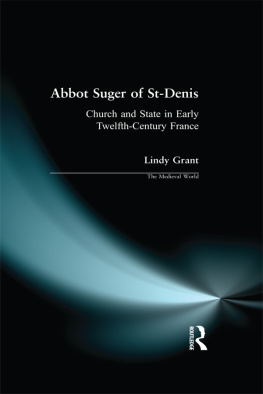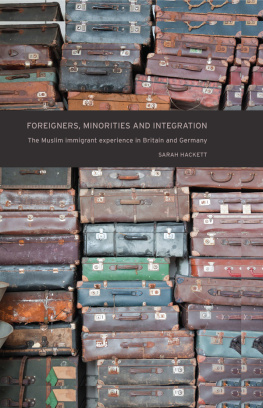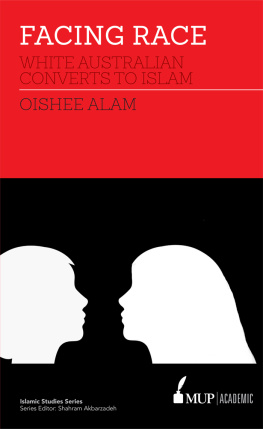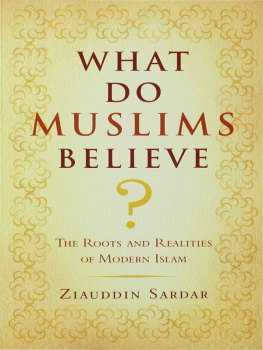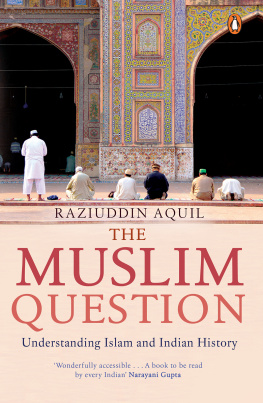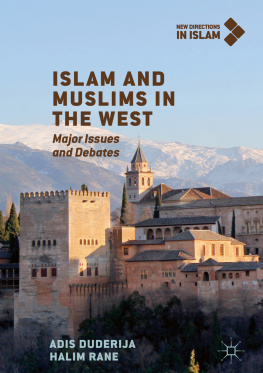Scott G. Bruce - Cluny and the Muslims of La Garde-Freinet: Hagiography and the Problem of Islam in Medieval Europe
Here you can read online Scott G. Bruce - Cluny and the Muslims of La Garde-Freinet: Hagiography and the Problem of Islam in Medieval Europe full text of the book (entire story) in english for free. Download pdf and epub, get meaning, cover and reviews about this ebook. City: Ithaca, year: 2015, publisher: Cornell University Press, genre: History. Description of the work, (preface) as well as reviews are available. Best literature library LitArk.com created for fans of good reading and offers a wide selection of genres:
Romance novel
Science fiction
Adventure
Detective
Science
History
Home and family
Prose
Art
Politics
Computer
Non-fiction
Religion
Business
Children
Humor
Choose a favorite category and find really read worthwhile books. Enjoy immersion in the world of imagination, feel the emotions of the characters or learn something new for yourself, make an fascinating discovery.

- Book:Cluny and the Muslims of La Garde-Freinet: Hagiography and the Problem of Islam in Medieval Europe
- Author:
- Publisher:Cornell University Press
- Genre:
- Year:2015
- City:Ithaca
- Rating:4 / 5
- Favourites:Add to favourites
- Your mark:
Cluny and the Muslims of La Garde-Freinet: Hagiography and the Problem of Islam in Medieval Europe: summary, description and annotation
We offer to read an annotation, description, summary or preface (depends on what the author of the book "Cluny and the Muslims of La Garde-Freinet: Hagiography and the Problem of Islam in Medieval Europe" wrote himself). If you haven't found the necessary information about the book — write in the comments, we will try to find it.
In the summer of 972 a group of Muslim brigands based in the south of France near La Garde-Freinet abducted the abbot of Cluny as he and his entourage crossed the Alps en route from Rome to Burgundy. Ultimately, the abbot was set free, but the audacity of this abduction outraged Christian leaders and galvanized the will of local lords. Shortly thereafter, Count William of Arles marshaled an army and succeeded in wiping out the Muslim stronghold.
The monks of Cluny kept this tale alive over the next century. Scott G. Bruce explores the telling and retelling of this story, focusing on the representation of Islam in each account and how that representation changed over time. The culminating figure in this study is Peter the Venerable, one of Europes leading intellectuals and abbot of Cluny from 1122 to 1156, who commissioned Latin translations of Muslim texts such as the Quran. Cluny and the Muslims of La Garde-Freinet provides us with an unparalleled opportunity to examine Christian perceptions of Islam in the Crusading era.
Scott G. Bruce: author's other books
Who wrote Cluny and the Muslims of La Garde-Freinet: Hagiography and the Problem of Islam in Medieval Europe? Find out the surname, the name of the author of the book and a list of all author's works by series.



